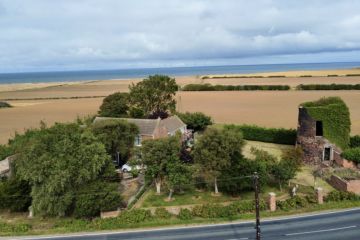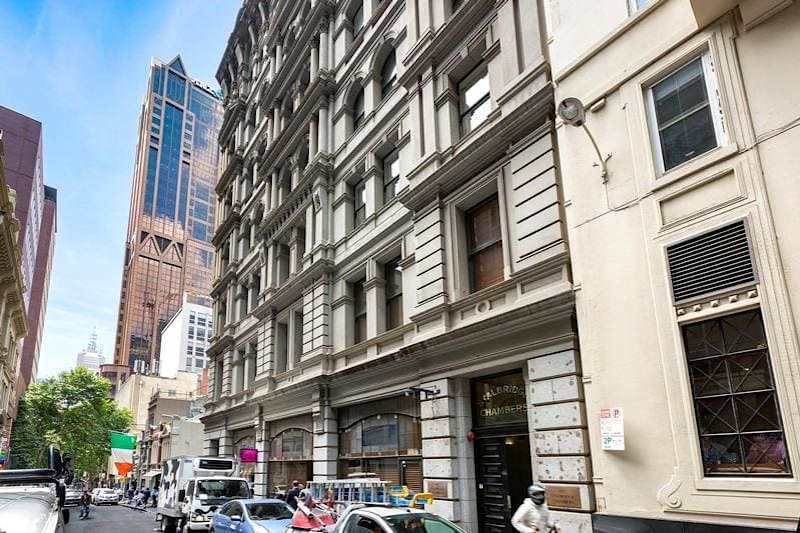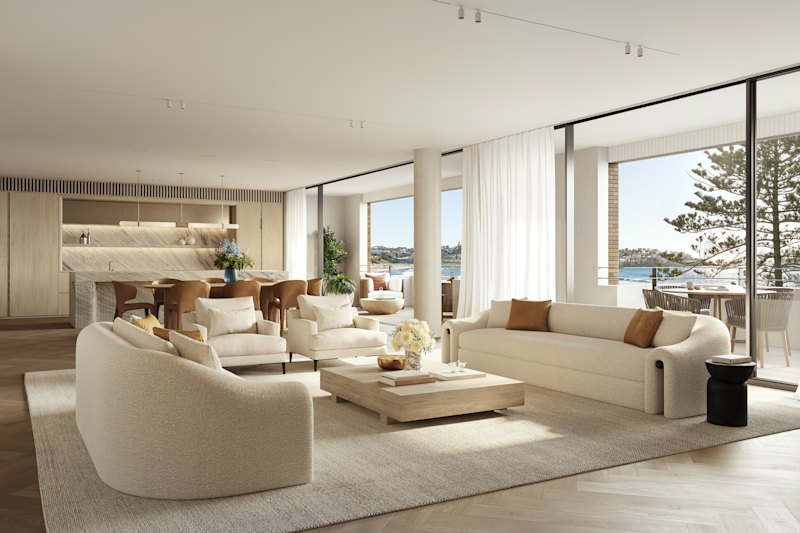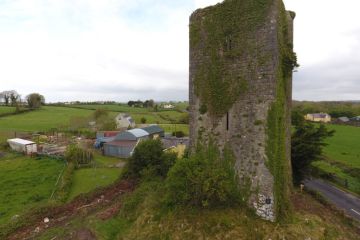Canberra and Hobart tenants face rising rents: Domain Rental Report
Tenants in Canberra and Hobart faced some of the steepest hikes in rents across the country in the last three months of 2019, new Domain data shows.
Every other city saw asking rents moderate or remain flat, after a construction boom in some capitals in recent years that added new supply, according to the Domain Rental Report for the December quarter 2019 released on Thursday.
Domain economist Trent Wiltshire said most cities saw a tightening of the rental market. Even in growing cities like Sydney and Melbourne where the construction boom has made a dent in rents, the supply of rental properties has not kept up with demand as rents stop falling or stabilise and vacancy rates tighten.
Sydney
After years of falling rents, house rents in the harbour city remained flat at $525 in the past quarter.
At the same time, unit rents moderated, falling 1.9 per cent to $510.
Mr Wiltshire believed declining rents may come to an end for Sydneysiders.
“Lots of new construction has weighed on rent in the last couple of years,” he said.
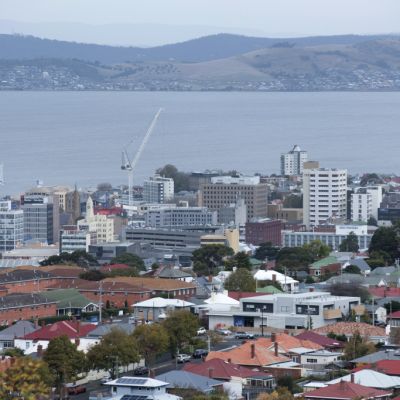 Hobart house prices tipped to keep rising despite strong gains in recent years
Hobart house prices tipped to keep rising despite strong gains in recent years Sydney house, apartment rents at lowest levels in years: Domain Rental Report
Sydney house, apartment rents at lowest levels in years: Domain Rental Report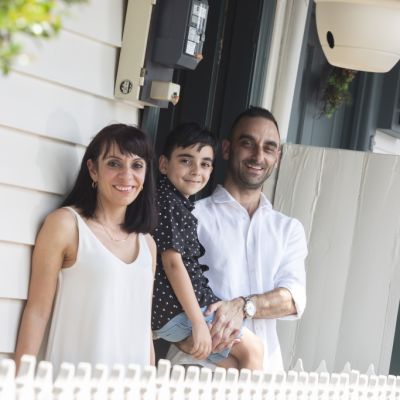 Melbourne rents hold steady in December quarter 2019: Domain Rental Report
Melbourne rents hold steady in December quarter 2019: Domain Rental Report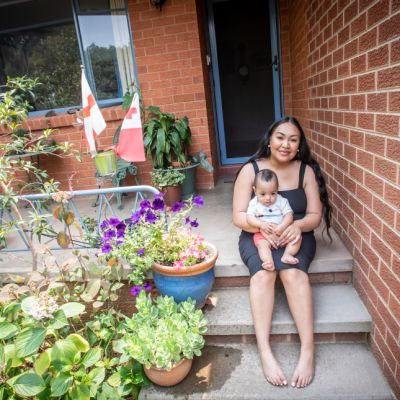 Canberra rental prices remain the highest of all capital cities for houses
Canberra rental prices remain the highest of all capital cities for houses
“[But] because construction and approvals have been slowing and falling away, it is likely that will mean rents will bottom out and [are] likely to rise sometime in 2020.”
He said house rents were now $25 below their $550 peak in 2017 and 2018.
Units rents are now $40 below their peak of $550 in 2017 and 2018.
Melbourne
A similar story played out for Melbourne renters who neither saw an increase nor a decrease in asking rents in the three months ending December 2019.
House rents remained flat at $430 as did units at $420.
Mr Wiltshire said while the city also experienced a construction boom, strong population growth meant there was steady demand, especially for units.
“The boom hasn’t helped as much because population growth has remained very strong in Melbourne,” he said.
A potential reason for Melbourne units remaining at their peak price of $420, according to Mr Wiltshire, was that new builds were preferred by renters.
He believed rents could be on the rise again this year as building approvals were down 20 per cent from a year ago.
Brisbane
Brisbane tenants experienced a slight increase to their rents in the last three months of 2019.
Both house and unit rents rose by $5 which saw the median weekly asking rent reach $410 and $385 respectively.
Mr Wiltshire said the rental market was tightening but only slowly.
“The vacancy rate is lower than it was a year ago … population growth in Queensland is picking up,” he said, adding that current construction of apartments was at a third of its 2017 peak.
He expected similar modest rent growth in the year ahead.
Median weekly asking rent: houses
| Capital City | Dec-19 | QoQ % ∆ | YoY % ∆ |
| Sydney | $525 | 0.0% | -2.8% |
| Melbourne | $430 | 0.0% | -2.3% |
| Brisbane | $410 | 1.2% | 0.0% |
| Adelaide | $390 | 1.3% | 2.6% |
| Perth | $370 | 0.0% | 2.8% |
| Canberra | $580 | 5.5% | 3.6% |
| Darwin | $495 | 1.0% | -1.0% |
| Hobart | $460 | 2.2% | 9.5% |
| Source: Domain Rental Report December Quarter 2019 | |||
Adelaide
Adelaide renters also saw an increase of $5 for both houses and units, a slow creep of modest rises for the past few years, according to Mr Wiltshire.
“It’s been a similar story for a while with the modest rises. I would say Adelaide’s rental market is pretty competitive,” he said. “The vacancy rate is very low and it’s fallen over the last year … that has fed into slightly higher rents.”
The median weekly asking rents for houses rose 1.3 per cent to $390.
For units it rose 1.6 per cent to $315.
Mr Wiltshire said house and unit rents have increased by nearly 10 per cent in the past three years – the third fastest in all capital cities.
Perth
Perth’s rental market has also tightened over the past year but renters would not have noticed a difference in the last three months of 2019 as it remained flat.
The median weekly asking rent remained at $370 but it recorded a 2.8 per cent – or $10 – increase in the past year.
Unit rents remained at $310 but recorded a 3.3 per cent – or $10 – increase in the past year.
Mr Wiltshire said falling vacancy rates and rising rents in the past 12 months showed signs of improvement for landlords.
“The fact that the rental market has tightened is not good news for tenants as they face higher rents, but it’s a clear sign the rental market is bottoming out and turning around and a clear sign the economy is improving,” he said.
“There will be modest growth in the year ahead just looking at the falling vacancy rates, the construction sector has slowed down and population growth is increasing and this should all feed into rising rents.”
Median weekly asking rent: units
| Capital City | Dec-19 | QoQ % ∆ | YoY % ∆ |
| Sydney | $510 | -1.9% | -3.8% |
| Melbourne | $420 | 0.0% | 2.4% |
| Brisbane | $385 | 1.3% | 1.3% |
| Adelaide | $315 | 1.6% | 1.6% |
| Perth | $310 | 0.0% | 3.3% |
| Canberra | $480 | 2.1% | 2.7% |
| Darwin | $390 | 2.6% | -2.5% |
| Hobart | $410 | 3.8% | 7.9% |
| Source: Domain Rental Report December Quarter 2019 | |||
Canberra
Canberrans faced the steepest hike in house rents in the last three months of 2019, rising 5.5 per cent – or $30 – to $580.
It retained its title of the most expensive city to rent a house in Australia.
Units rose by 2.1 per cent or $10 to $480.
Mr Wiltshire said demand was a reason for driving rental prices up.
“Population growth has remained pretty strong in Canberra, which has underpinned the strong demand for rentals, averaging 2 per cent a year for the past three years,” he said, adding construction of new properties was strong.
He said the extra supply of rental properties might be seen in rents falling away by 2021.
Hobart
Hobart tenants continued to face significant pressure of rental rises.
The median weekly asking rents for houses rose 2.2 per cent – or $10 – to $460 in the three months to December 2019.
At the same time, unit rents rose 3.8 per cent – or $15 – to $410.
Both houses and units recorded an almost 10 per cent increase over the past year.
Mr Wiltshire said it was undoubtedly a rental crisis for many low-income households.
“Looking [back] three years, house rents are up by 31 per cent and units are up by 37 per cent. It is quite incredible,” he said. “It really means for many low-income people that’s really a crisis. That’ll mean a lot of people are struggling to afford their rent.”
The combination of population growth, a tourism boom and the Airbnb effect continued to wreak havoc on rents, according to Mr Wiltshire.
“The lack of hotels and tourist accommodations means more rentals are listed on Airbnb and there are fewer options for renters,” he said.
“It’s taken a while for construction to respond to this demand but it is happening so it should mean rental growth will slow soon.
“Tasmanian building approvals have averaged more than 3000 per year for the past two years compared to 2400 in the years before … but, in saying that, those conditions have been in place for the past two years and that hasn’t translated yet in slowing rents.”
He said it was yet to be seen what would put a brake on rent rises.
Darwin
Darwin’s rental market was left mostly unchanged by year’s end in 2019.
House rents grew by 1 per cent – or $5 – to $495 in the last quarter.
At the same time, unit rents grew 2.6 per cent – or $10 – to $390.
Mr Wiltshire said there could be some signs it had bottomed out.
“Darwin’s population has been falling which is why rental demand has plummeted and rents have fallen so much, that’s all happened after the mining boom,” he said.
“Rents bottomed in late 2019 … rents for houses and units rose in the December quarter and the vacancy rate also fell in 2019.”
We recommend
States
Capital Cities
Capital Cities - Rentals
Popular Areas
Allhomes
More

